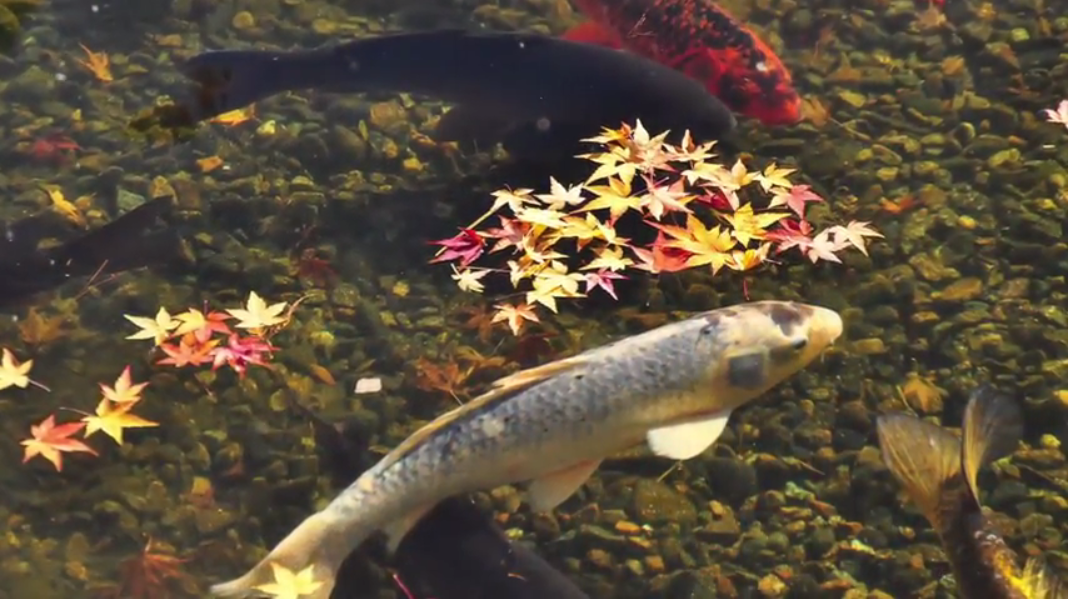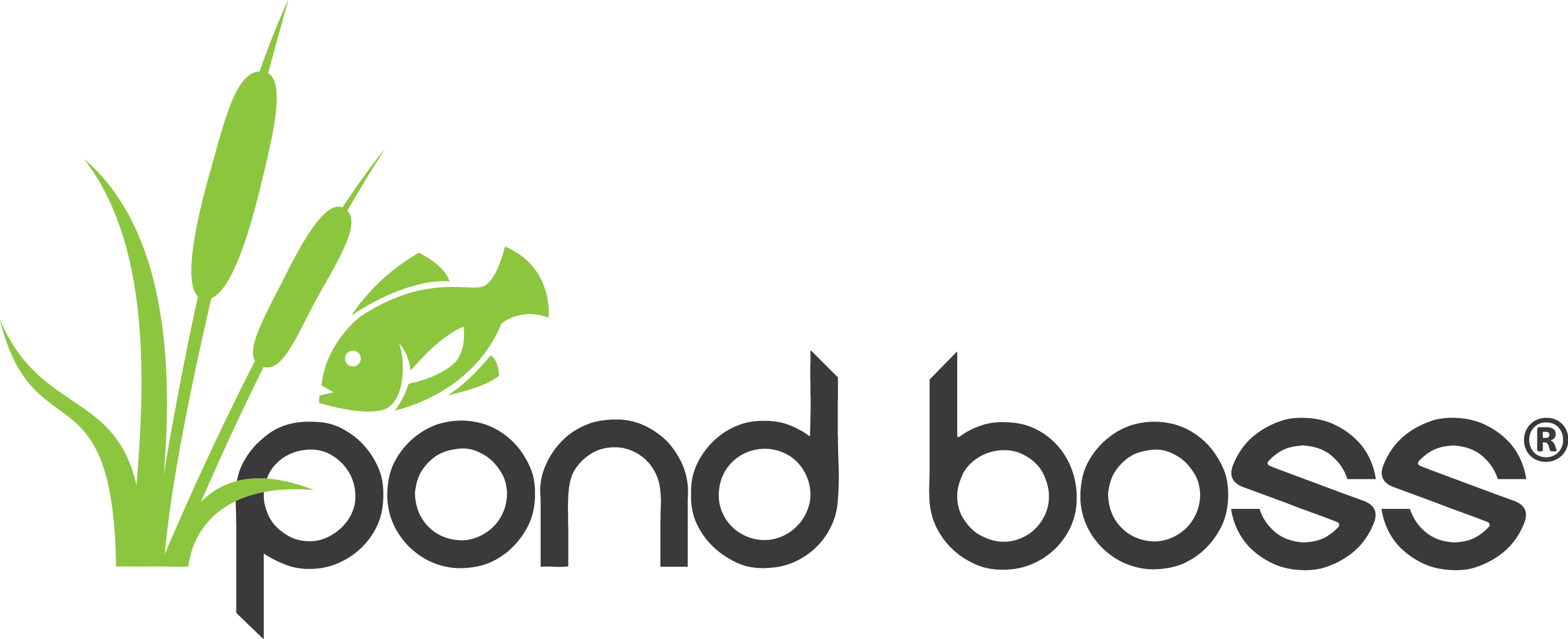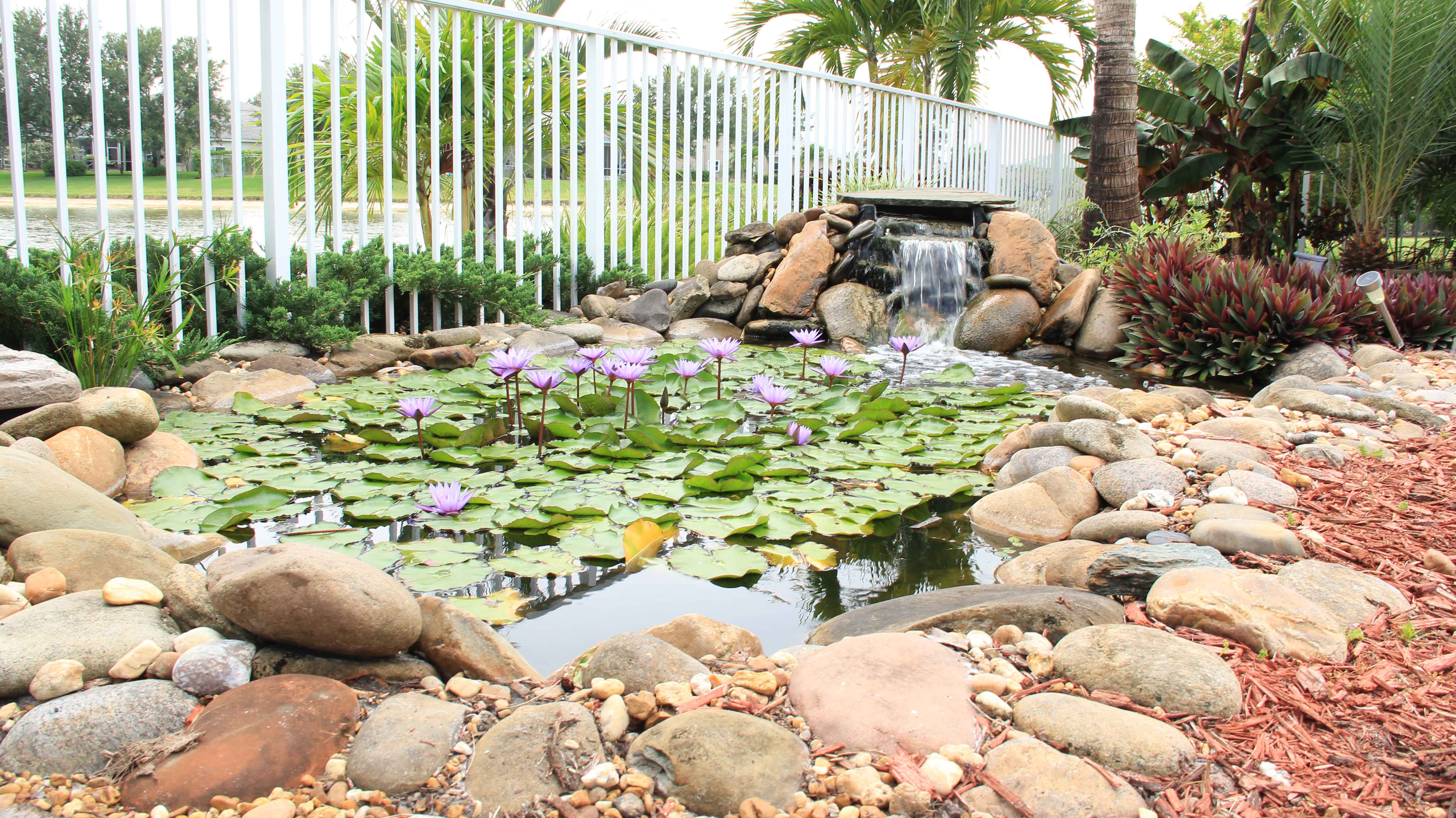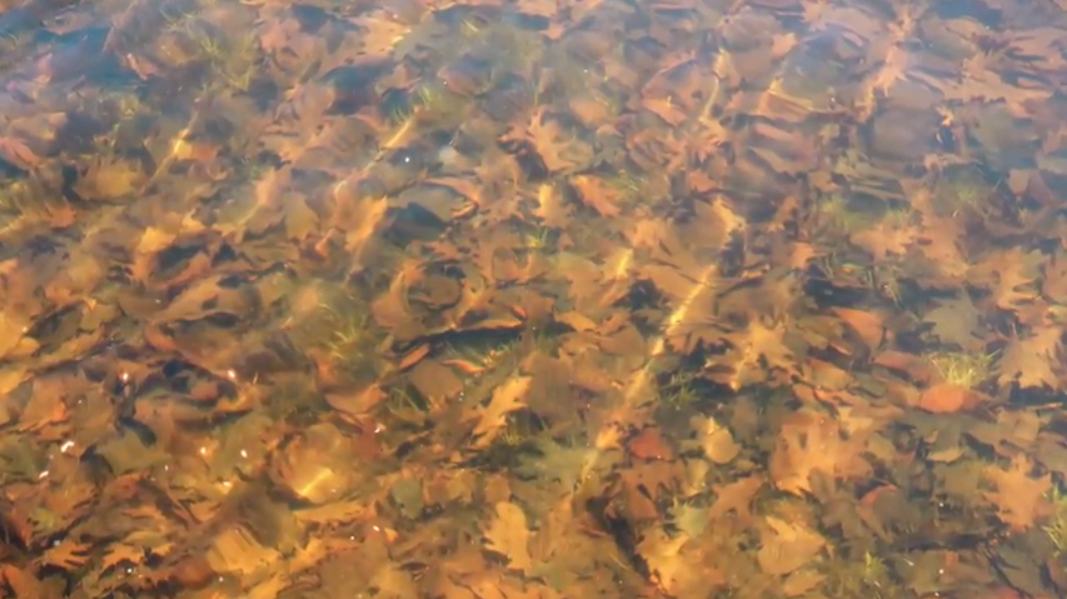
Feeding Your Fish as Temperatures Decline
As temperatures begin to decline, it is time to begin thinking about adjusting your fish feeding schedule. As water temperatures cool, pond fish naturally adapt with the changing temperatures. Their digestive systems are simple in structure, so it is best to adjust diets for them to help avoid sicknesses from over eating. This water temperature guide is designed to help you determine the best care for your fish in the upcoming months. If you do not have a way of determining water temperature, consider a floating pond thermometer.
 Once temperatures drop below 70°F (21°C), decrease the frequency of feedings to small amounts every day or regular amounts every other day.
Once temperatures drop below 70°F (21°C), decrease the frequency of feedings to small amounts every day or regular amounts every other day. Once temperatures decrease below 60°F (15.5°C), introduce a low protein diet feeding every couple of days. A wheat germ based diet would work well during this temperature range.
Once temperatures decrease below 60°F (15.5°C), introduce a low protein diet feeding every couple of days. A wheat germ based diet would work well during this temperature range. Once temperatures drop below 50°F (10
°C), stop feeding your pond fish.
Once temperatures drop below 50°F (10
°C), stop feeding your pond fish.

